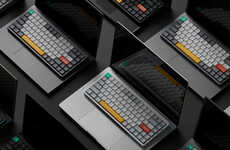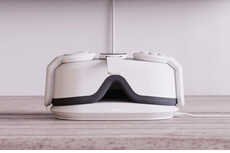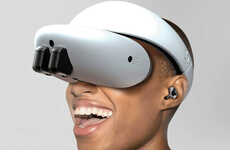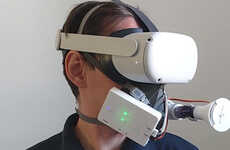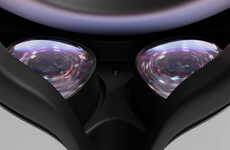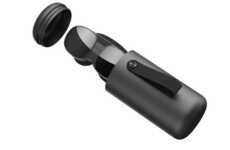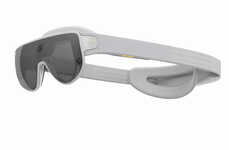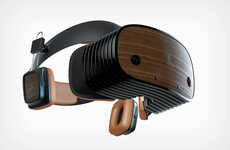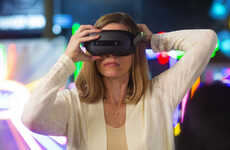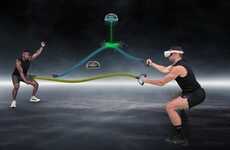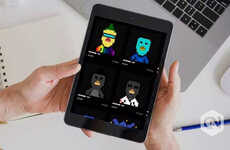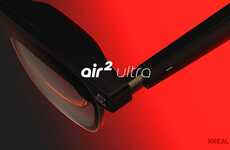
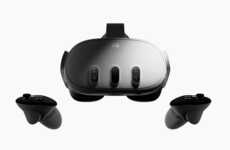

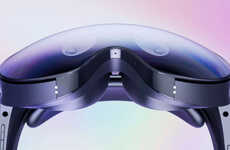
Developers are creating VR headsets that do not rely on external computing
Trend - Brands are launching standalone spatial computing headsets that have processing power built into the device. These devices are small, portable, and do not require the user to be tethered to a computer. This makes the headsets quicker to use while reducing the barrier to entry for new customers.
Insight - For the average adult consumer, two of the main barriers that prevent the adoption of spatial computing and VR headsets are related to cost and complexity, in part due to headsets often requiring several high-priced devices to function, effectively placing VR experiences behind paywalls that outweigh the value proposition. Hardware brands in the VR space are addressing these concerns by creating lower-cost, lower-power VR headsets that function entirely on their own.
Insight - For the average adult consumer, two of the main barriers that prevent the adoption of spatial computing and VR headsets are related to cost and complexity, in part due to headsets often requiring several high-priced devices to function, effectively placing VR experiences behind paywalls that outweigh the value proposition. Hardware brands in the VR space are addressing these concerns by creating lower-cost, lower-power VR headsets that function entirely on their own.
Workshop Question - How could your brand ensure its products or services have minimal barriers to entry?
Trend Themes
1. Standalone Spatial Computing Headsets - Headsets that have processing power built into the device, reducing the barrier to entry for new customers.
2. Lower-cost, Lower-power VR Headsets - Hardware brands addressing cost and complexity concerns by creating self-contained VR headsets that function entirely on their own.
3. Comfort-focused VR Headsets - VR headsets that prioritize compactness and comfort for longer usage sessions.
Industry Implications
1. Virtual Reality Hardware - The VR hardware industry can capitalize on the trend of standalone spatial computing headsets by developing innovative, self-contained devices that appeal to a broader customer base.
2. Augmented Reality Hardware - The AR hardware industry can explore the opportunity of comfort-focused VR headsets to enhance the user experience and increase adoption of AR technologies.
3. Spatial Computing Developers - Spatial computing developers can take advantage of the lower-cost, lower-power VR headsets trend to create engaging and immersive experiences that are more accessible to consumers.


